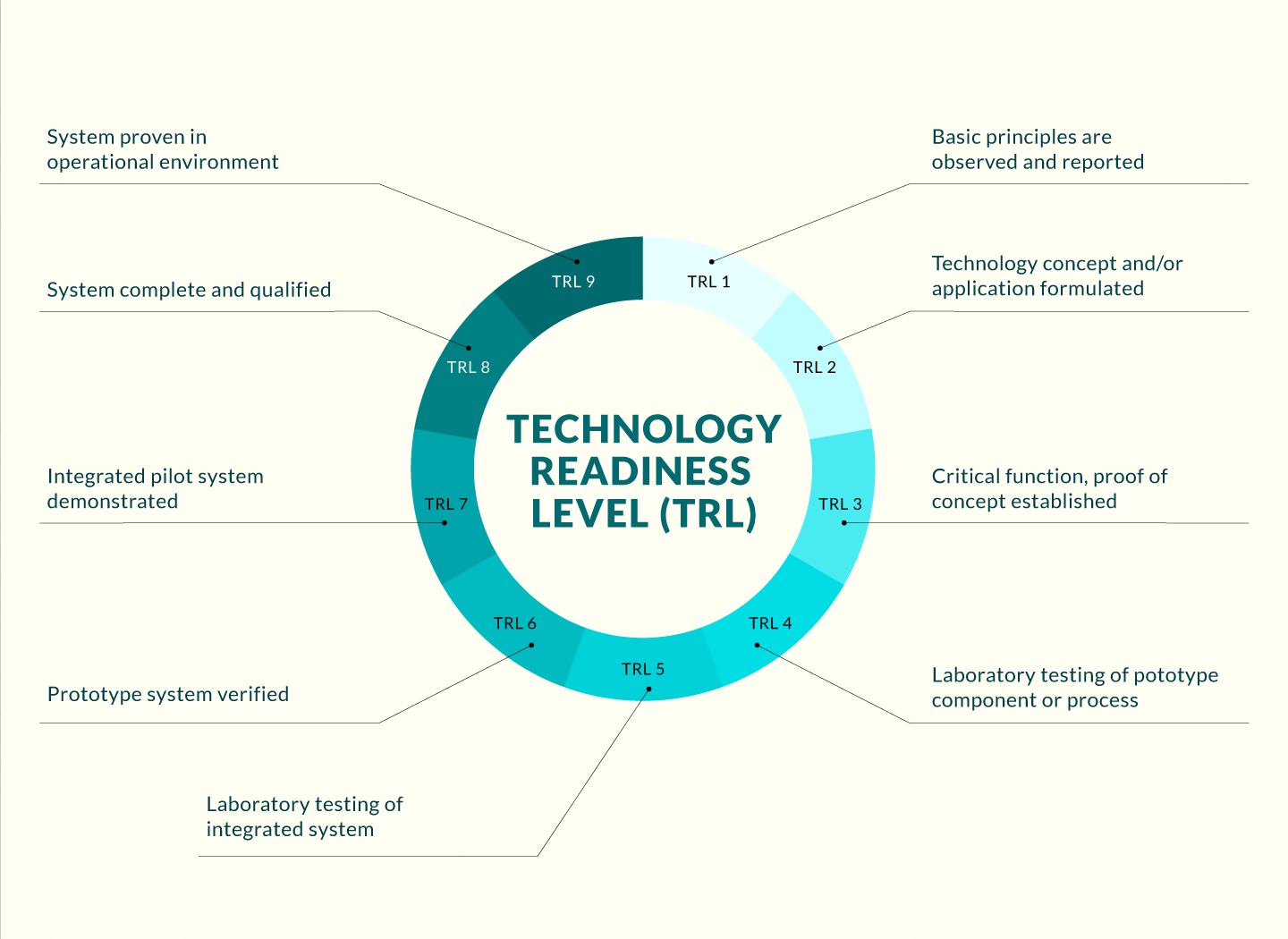

Figure 2. The RuNPY method for visual detection of NO2-
Table 1. Outstanding Performance Comparison of the RuNPY assay with other NO2- detection assays
Opportunity
Performing quantitative analysis of nitrite ions (NO2-) is highly important in agricultural, environmental, and clinical research, as nitrite is frequently used as a fertilizer. Since the long-term or high-level intake of nitrite ions is known to create health problems in infants and is also correlated with increased incidence of cancer, nitrite ion concentrations must be closely monitored for excessive presence in samples.
Colorimetric detection of nitrite ions has attracted much interest due to its sensitivity, simplicity, and the ability for results to be observed by the naked eye. The Griess assay, first developed in 1858, still remains the most commonly used method of colorimetric detection. Unfortunately, the Griess assay and modifications of it suffer from a long incubation time and a high degree of interference by many common ions. Fluorometric methodologies (those that use fluorescence instead of color to assess chemical presences) can also experience long incubation times.
The colorimetric methodology described here yields observable color change within one minute while also featuring excellent dynamic range with high selectivity. It therefore holds great promise for nitrite ion detection in a variety of industries.
Technology
This rapid visual, colorimetric assay for NO2- detection has been developed based on a class of ruthenium-based compounds. These compounds can effectively react with nitrosonium ions (NO+) generated from an acidified NO2- solution to produce visible color changes, and thus allow for visual NO2- detection. Visually, NO2- containing samples, say tap water or human urine, turns the ruthenium-based colorimetric assay from its original pale-yellow color to red.
Advantages
- This colorimetric assay yields a rapid (around 1 min.) result.
- The assay has a wide dynamic range, allowing it to detect even nitrite ion levels below the WHO and EPA’s prescribed safety thresholds for drinking water.
- The assay has a high selectivity even in the presence of various common ions, allowing for greater reliability in results.
- The color change is visible to the naked eye, allowing for simple detection.
- The assay produces results at room temperature, and thus does not require complicated instruments.
Applications
- The agricultural industry requires the monitoring of nitrite ion concentrations in agricultural products and discharged water.
- Environmental impact assessments monitor nitrite ion concentrations to assess the safety of bodies of water.
- This invention is useful in researching nitric oxide, an important aspect of understanding metabolic pathways in living organisms.






